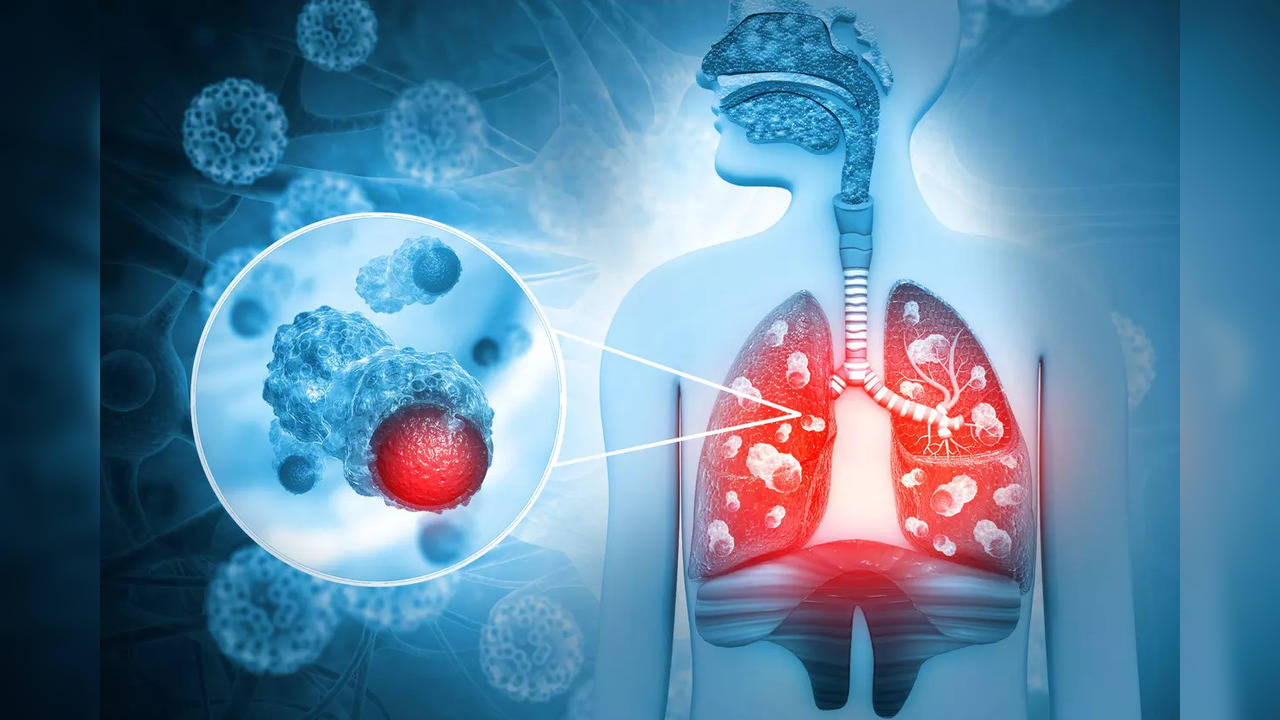When 'just a cough' can turn out to be stage-4 Lung cancer
Lung cancer is the most common form of cancer with an increasing number of people succumbing to it each year across the world. While spotting it can be a challenge with most cases diagnosed only at the last stage, managing the lung cancer symptoms can be quite challenging.

Lung cancer is one of the most challenging to diagnose in the early stages
New Delhi: Lung cancer is one of the most challenging to diagnose in the early stages. Across the world, scientists have been working on developing various breath and blood tests that can help know about the onset of the disease. As of now computerised tomography or CT scans are the only way to find out.
In India, lung cancer constitutes almost 7 per cent of all the new cancer cases and 10 per cent of all cancer-related deaths in both men and women. And across the United States, each year at least 20,000 non-smoking Americans die of Lung cancer, making it one of the top-most fatal diseases.
Who is at risk?
According to scientists, cigarette smoking remains the top cause of Lung cancer, increasing the chances by 90 per cent. People who smoke are at least 30 times more susceptible to getting lung cancer and dying from it than people who never have smoked.
According to the National Cancer Institute, Maryland, smoking causes around 9 out of 10 cases of lung cancer.
Other rising risks of lung cancer include:
- Exposure to
pollution and poisonous gases - Second-hand cigarette or tobacco smoking
- Family history of smoking
- Exposure to workplace substances like asbestos
Signs and symptoms of Lung cancer
Most signs of lung cancer resemble normal flu and do not appear to be severe till it reaches Stage 4:
- Persistent cough
- Blood coming out while coughing
- Pain in the chest
- Breathlessness
- Unexplained weight loss
Body aches- Severe back pain
How to diagnose Lung cancer?
A slew of tests is done to ascertain if you are suffering from lung cancer:
- CT scan: It can detect small tumours and spots on the lungs and also see if inflamed lymph nodes are cancerous.
- Chest x-ray: A simple chest x-ray can reveal any suspicious mass there is in the lungs
Bronchoscopy : The doctor would insert a tube with a camera into the lungs to check if there is a tumour or an inflammation.Biopsy : A hollow needle inserted into the lungs would collect the tissue for tests.
Treatment of Lung cancer
Over the years, the treatment of lung cancer has developed a wide scope as with other types of cancer. From a simple surgery to remove the tumour, to chemotherapy, radiation, targeted therapy to block new cell growth, and immunotherapy through new drugs are a few of the current administered ways across the world.
Disclaimer: Tips and suggestions mentioned in the article are for general information purposes only and should not be construed as professional medical advice. Always consult your doctor or a dietician before starting any fitness programme or making any changes to your diet.
Trending:
End of Article
Subscribe to our daily Lifestyle Newsletter!
Related News





Optical Illusion Personality Test: What You See First Can Reveal If You Are Preceptive Or Pragmatic

Study Finds Spending Time In Nature Can Lower Risk Of Heart Disease, Diabetes

IISc Bengaluru Develop Synthetic Compound That Can Help In Making Cancer Vaccine

Depression In Men: 7 Key Symptoms To Watch Out For

Should You Switch Your Fitness Routine Every Few Months? Know Here








